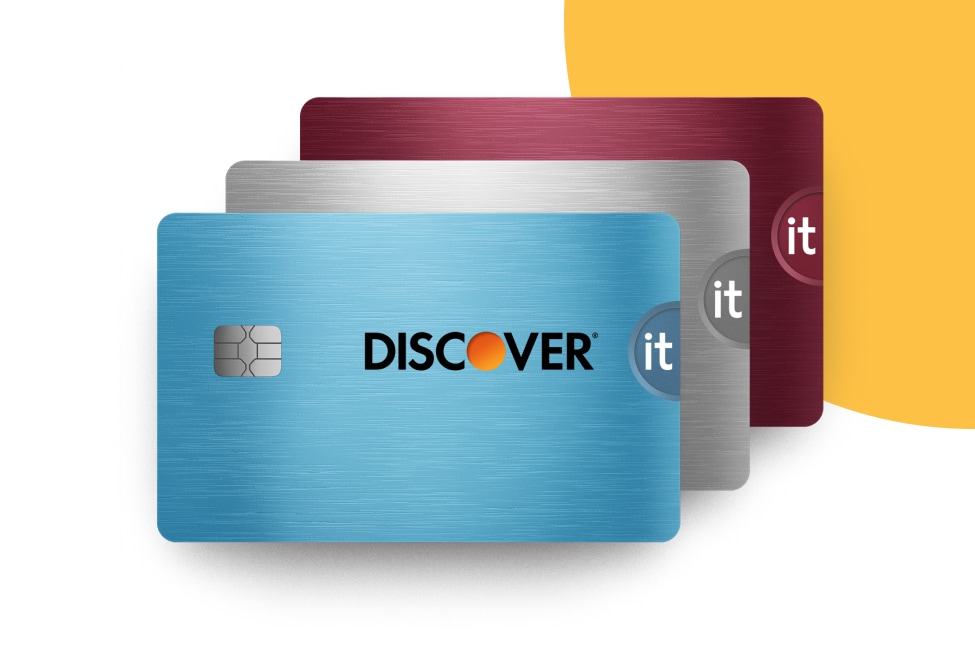
If you have too much debt, you understand how it can impact many areas of your life. Without good debt management, it can be incredibly stressful.
It can also hurt your credit score, which makes it harder to secure a car or home loan. It’s no wonder that many people are researching tactics to get out of debt faster. One common question a debtor will ask is, “What’s the difference between a balance transfer and debt consolidation?”







